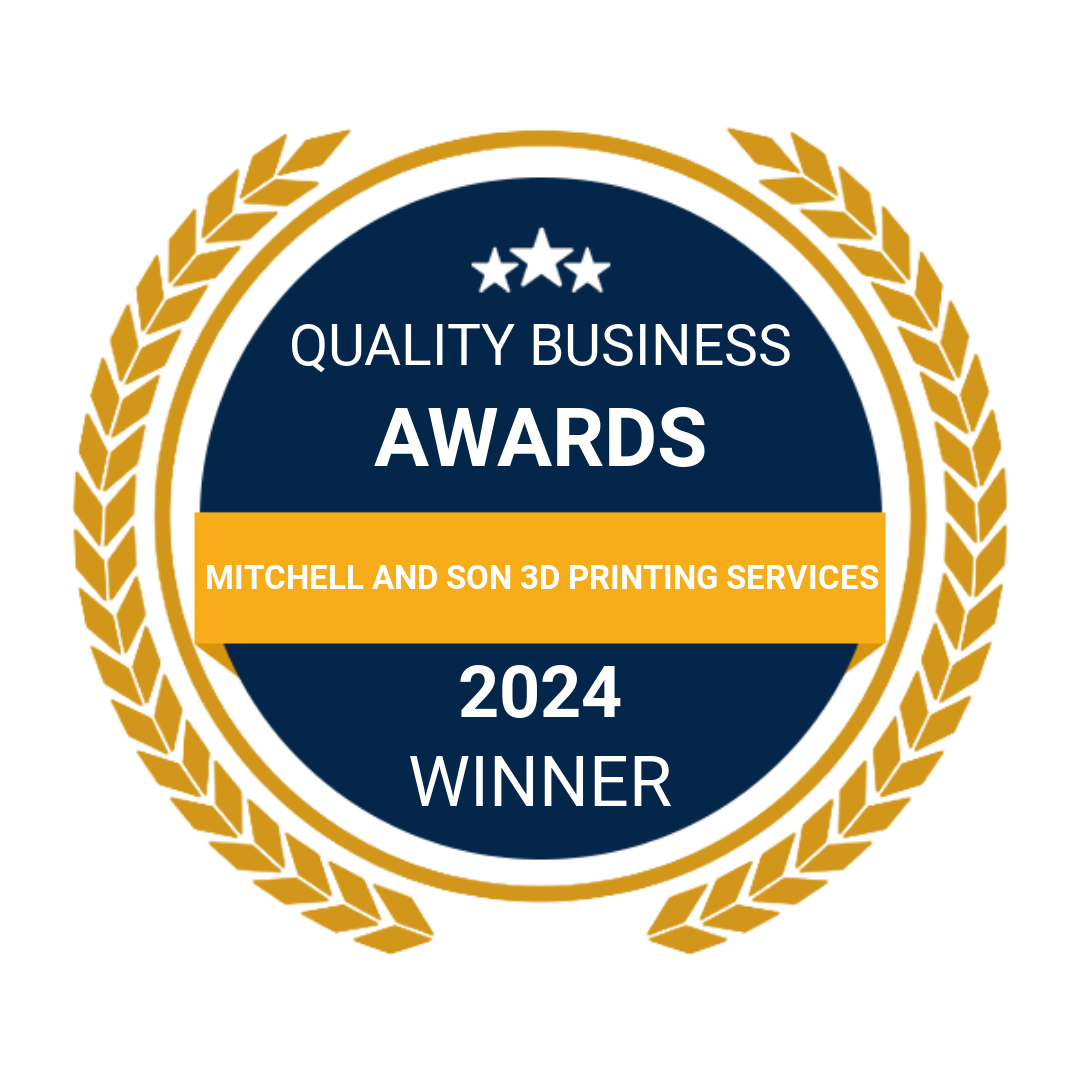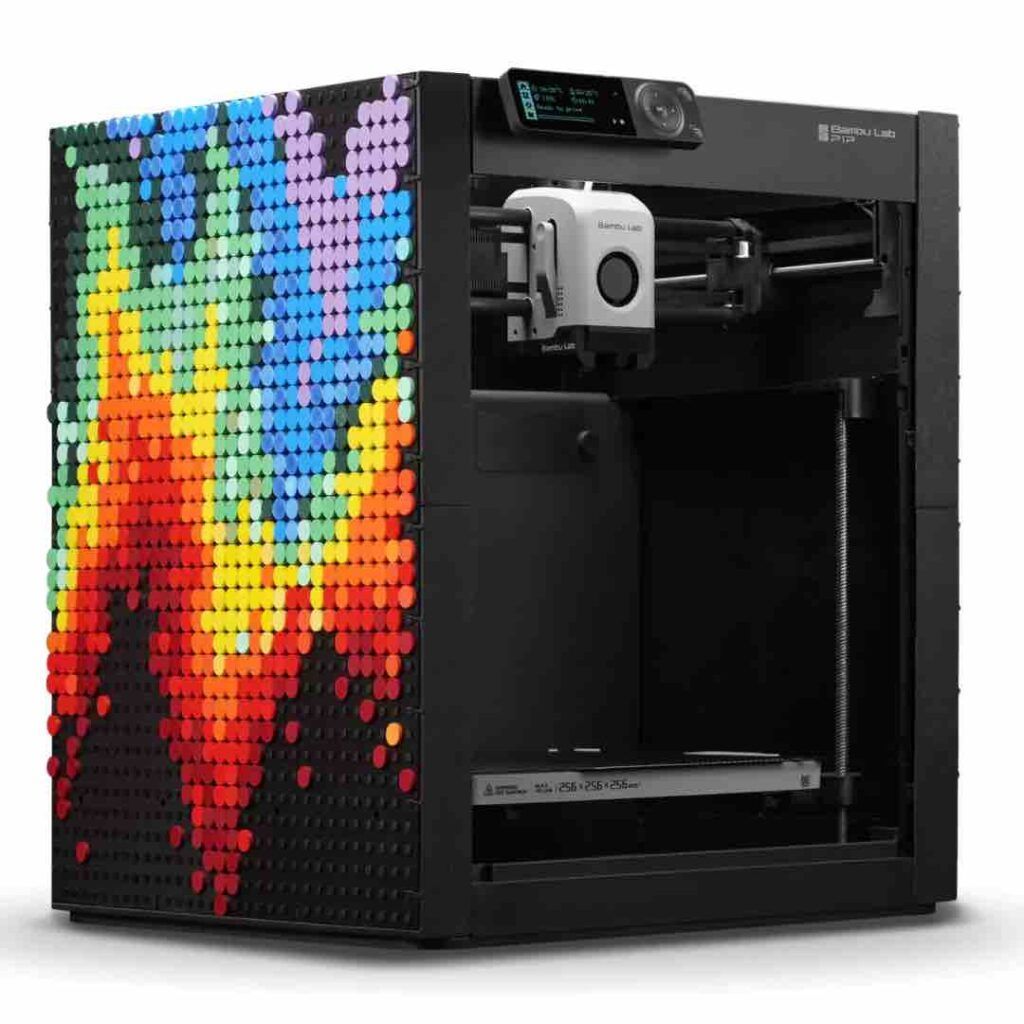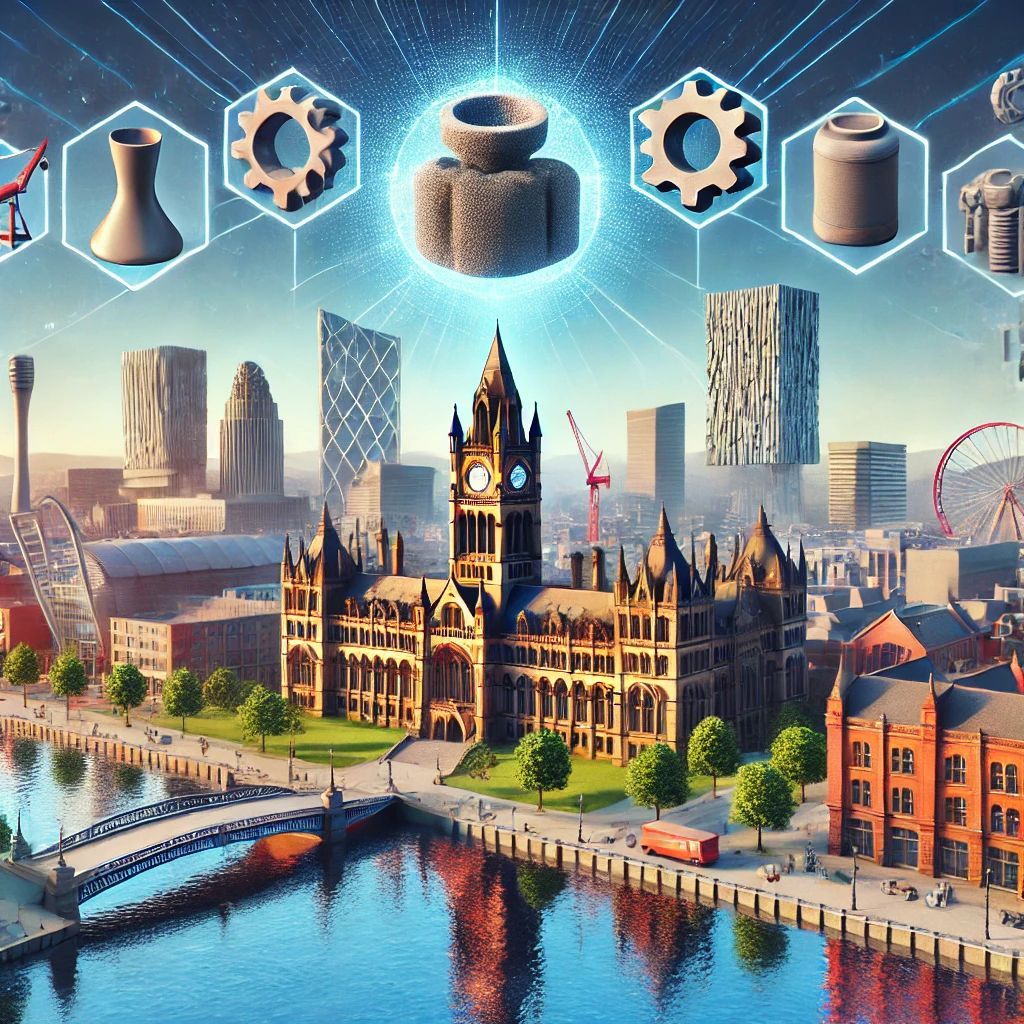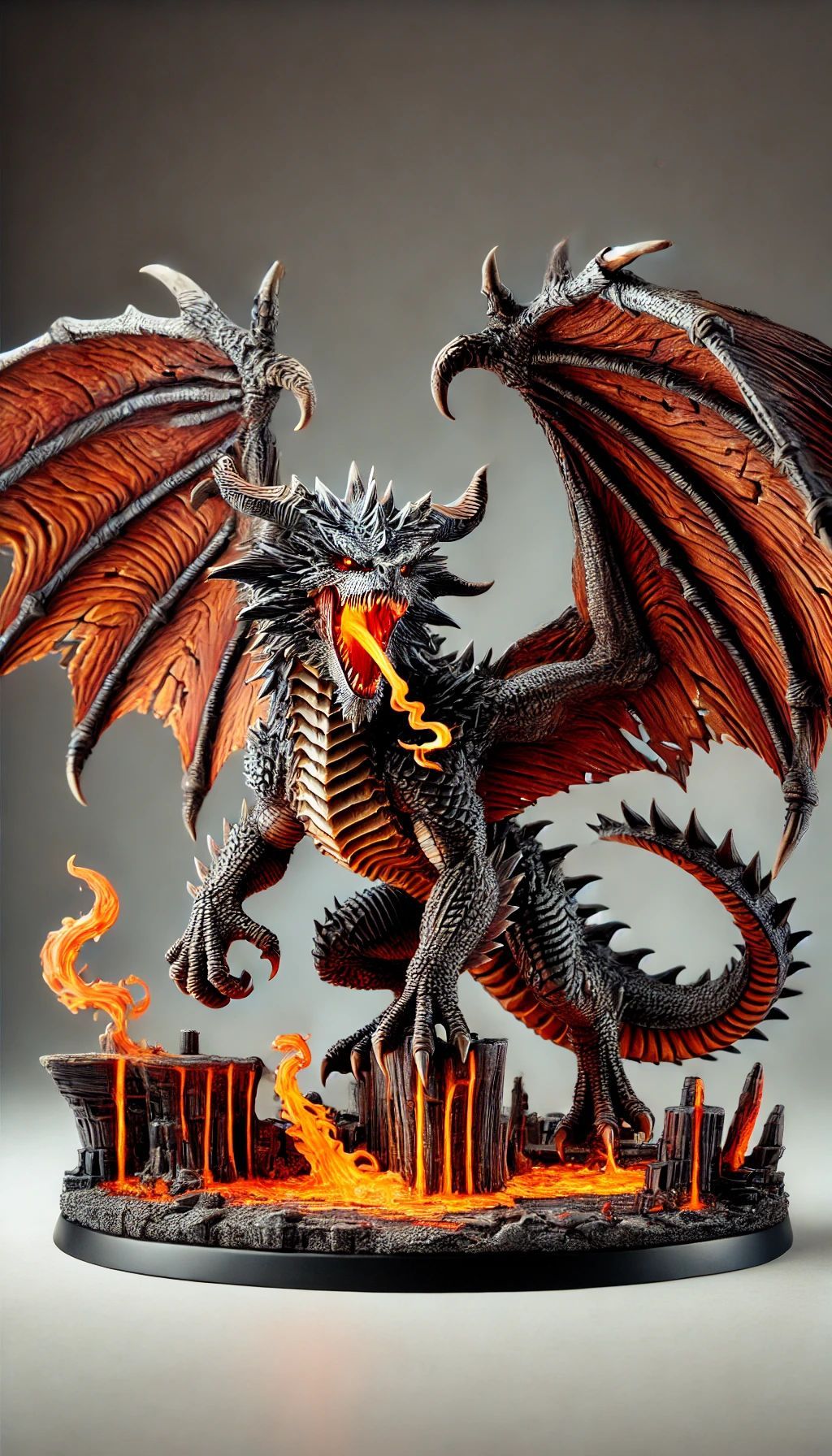3D Printing, Injection Molding, and Polystyrene
How 3D Printing, Injection Molding, and Polystyrene Come Together to Create a Great Product

Injection molding, 3D printing and polystyrene may not seem like they have much in common. But these three common plastic manufacturing processes can be used together to create the perfect final product. Each of these processes plays an important role in creating the end result. Each process has its own benefits, and the right combination of all three processes can greatly improve the final look and feel of a product. Let’s take a closer look at how these three processes can work together to make any product even better:
Injection Moulding
Injection moulding is one of the most common manufacturing processes. It’s used to create everything from vehicle interiors to medical devices to children’s toys. But what is injection moulding exactly? In short, injection moulding is a process in which molten plastic is injected into a steel mould and then hardened. The mould can be any shape and size, and the plastic can be any colour or texture. Once the plastic has cooled, it’s removed from the steel mould and the product is ready to be shipped! Injection moulding is used to create parts that have consistent and predictable shapes and colours, which is why it’s so common in the manufacturing industry.
3D Printing
The 3D printing process is used to create products by adding layer after layer of melted thermoplastic until the entire product has been created. Put simply, a 3D printer works just like a regular printer, but instead of using ink to create images on paper, it uses melted plastic to create 3D products. 3D printers use computer software to create images from start to finish. These images are sent to the printer and are used to create the product that you want. The printer heats up the plastic and then spreads it out layer by layer until the product is finished. Unlike injection moulding, 3D printers can only create products from a single colour. This is unfortunate, but it’s also why 3D printers are used to create prototypes. If you need to create a product in large quantities, injection moulding is a much better choice. But if you need a product for testing or for visual marketing, then 3D printing is a great option.

What is Polystyrene?
Polystyrene is a common plastic used in a variety of industries, including the food and beverage industry, the packaging industry, and in the toy and model making industry. Polystyrene is mostly used to create disposable cups, containers, and packaging. It’s also commonly used to create toys and models. This plastic is inexpensive and easy to use, but it’s also extremely flammable so it should be kept away from open flames and heat.
Polystyrene is a type of plastic created from petroleum and natural gas. It’s actually one of the most common petrochemical-based plastics. Polystyrene has been used in the manufacturing industry since the 1940s, and it’s one of the most versatile plastics available. You can use polystyrene to create virtually any product, including signs, toys, food containers, and packaging. Polystyrene is easy to mould and cut, making it one of the most cost-effective plastics.
3D Printing with Polystyrene
Now that you know what polystyrene is and how it’s made, let’s take a look at how it can be used with 3D printing. 3D printing is an excellent way to create prototypes that show off exactly what your product will look like. When you’re creating prototypes, you’ll often use cheaper materials because prototypes don’t always need to be as high-quality as the final product. So why use polystyrene? Polystyrene is a cheap and easy-to-find material that can be used to create prototypes quickly. It’s also easy to cut, so it can be used in a variety of ways.
Injection Molding with Polystyrene
Now let’s talk about how injection moulding can be used to create the final product. Injection moulding is a common process used to create large quantities of products that use the same mould. When you use the same mould over and over again, you create products that look exactly the same. In order to create the same products time and time again, you need the same raw materials. That’s where polystyrene comes in. Once you’ve used 3D printing to create the prototype, you can switch over to injection moulding. You can use the same mould over and over again to create identical products.
How 3D Printing and Injection Molding Work Together
As you can see, each process has its own benefits. But how do all three processes work together to create the final product? Here’s how it works: First, you’ll use 3D printing to create the prototype. Then you’ll create molds out of steel. Next, you’ll create the product from polystyrene. You’ll use the mould from the steel to create the same product again and again. You can use as many or as few of these processes as you’d like. Some companies use 3D printing to create the prototype, then they use injection moulding to create the same product over and over again. Other companies use these three processes together to create the prototype and the final product. No matter which combination of processes you use, these three processes are a great way to create high-quality products.
Why Polystyrene Is Used With Injection Molding
Now that you know how these processes work together, let’s discuss why polystyrene is used with injection moulding. As we’ve already discussed, polystyrene is an inexpensive plastic. It’s also easy to melt and cut, making it the perfect material to use with injection moulding. When you’re creating large quantities of the same product, you need to use the best materials possible. If a part breaks or becomes unusable, you need to replace the entire mould, not just the broken part. That’s why many companies use polystyrene with injection moulding. It works perfectly with injection moulding and it’s surprisingly durable.
What is the role of polystyrene in the manufacturing process?
As you’ve just read, polystyrene is a great choice for injection moulding. But what exactly is the role of polystyrene in the manufacturing process? As you’ve read, polystyrene is a cheap and easy-to-find material that can be used for a variety of applications. It’s also a versatile material that can be used to create anything from toys to food containers. As we’ve already discussed, polystyrene is used with injection moulding to create large quantities of identical products. It’s also used in 3D printing to create prototypes. You can use polystyrene to create any product that you want. It’s an extremely versatile and useful material that can be used in almost any situation.
Final words: Together, these processes enable better products
The right combination of these three manufacturing processes can create the perfect product. Whether you’re creating a prototype or the finished product, you can use 3D printing, injection moulding, and polystyrene to create better products faster. If you’re looking to create high-quality products, these three processes can be a great starting point.
















